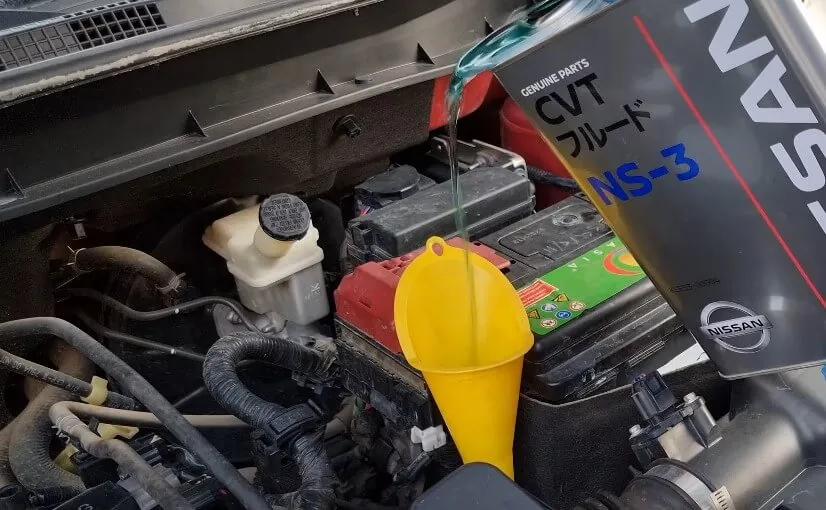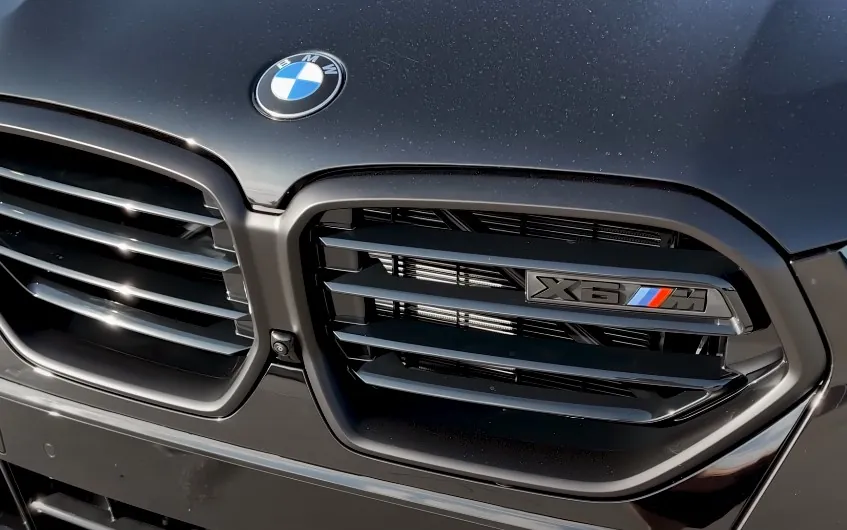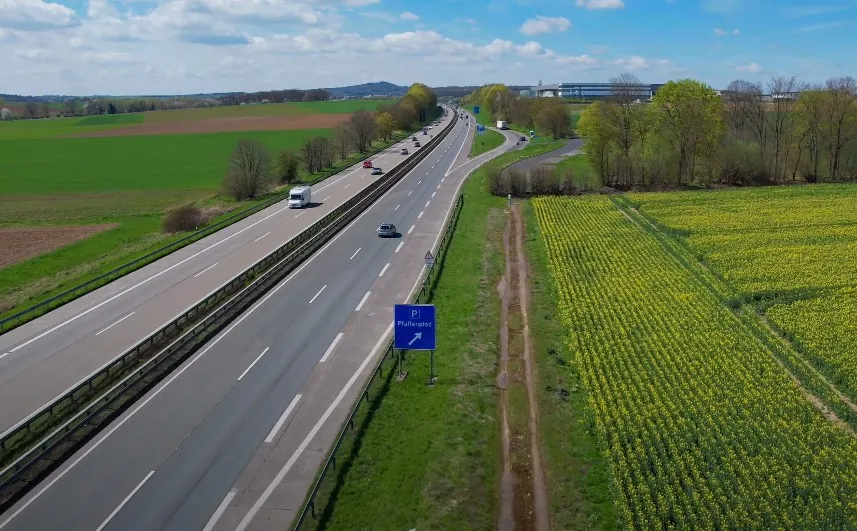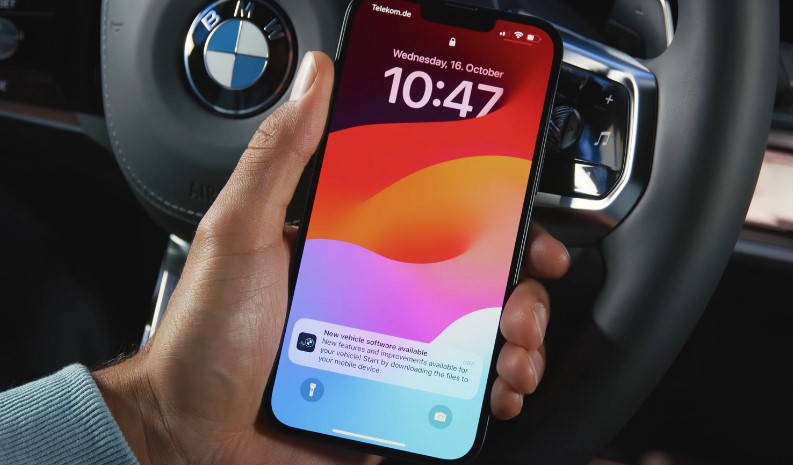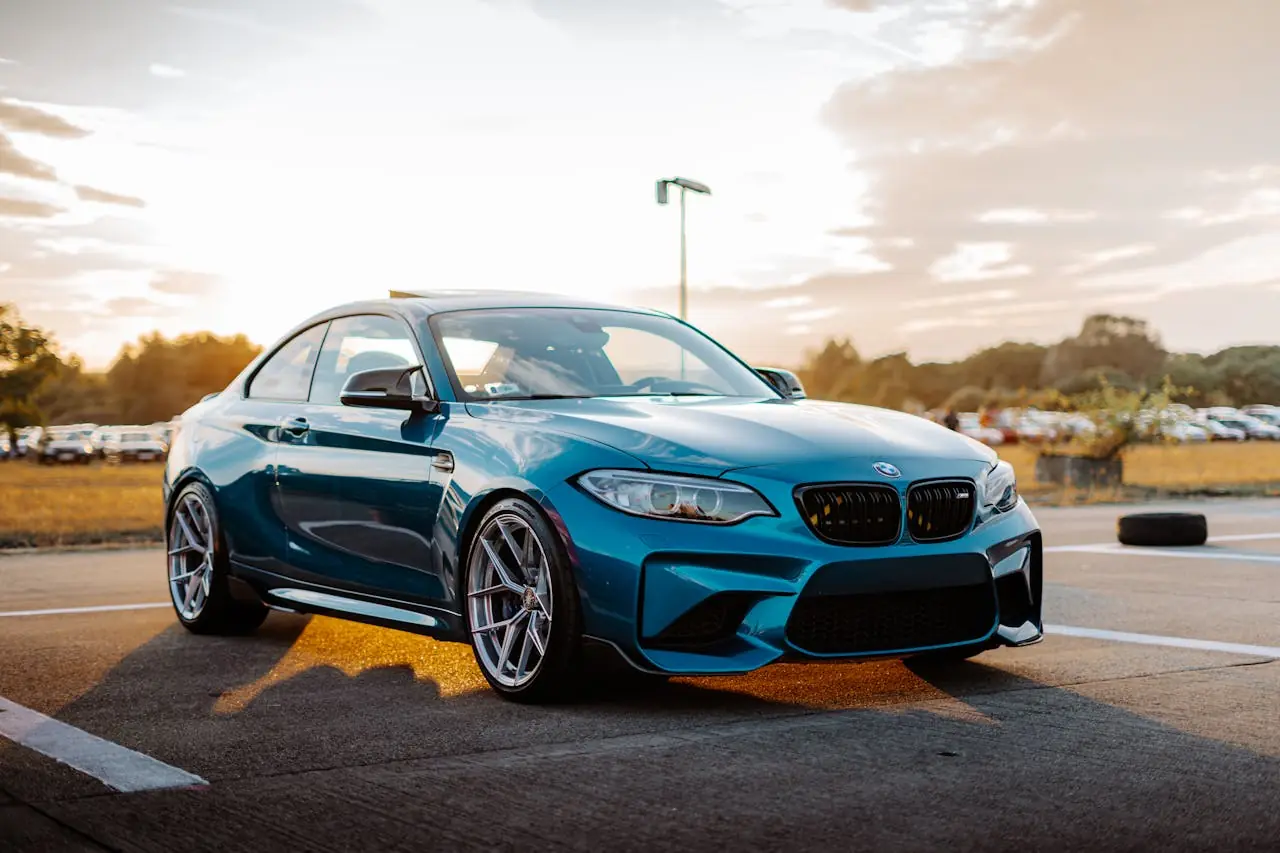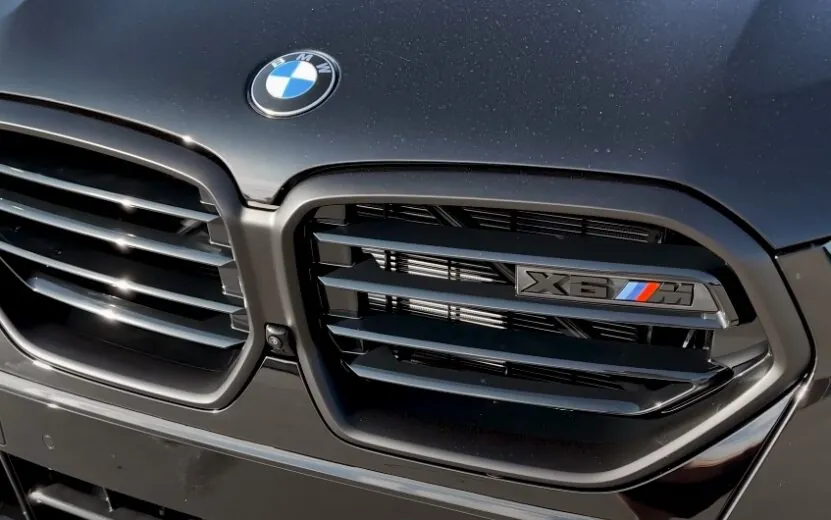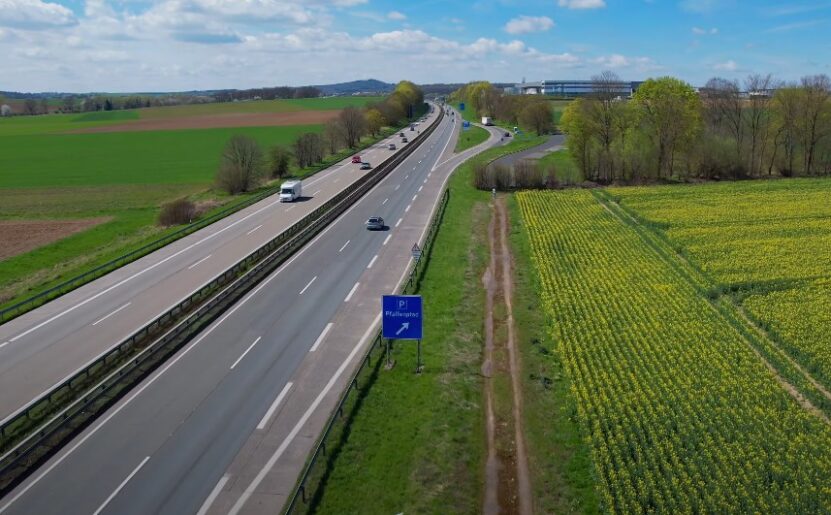
Share Post:
The 5 Series is kind of a big deal. BMW’s bread-and-butter executive sedan, the one that blends sporty driving with everyday comfort, all started with the E12 back in the early ’70s. Then came the E28 in the early ’80s, and things started heating up. If you’re into classic BMWs or just wondering what makes these two stand out even today, you’re in for a solid ride.
Table of Contents
ToggleSetting the Scene: Two Eras, Two Attitudes
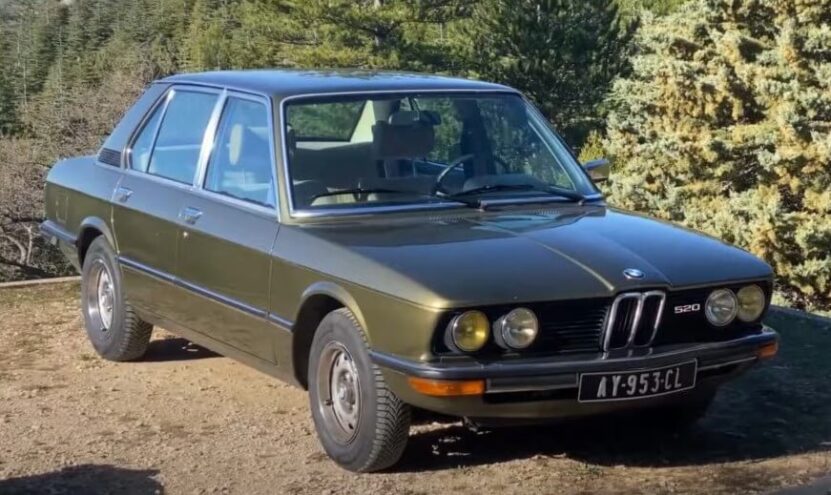
Before jumping into specifics, it helps to picture what BMW was going for when each of these cars hit the market.
The E12 (1972–1981)
Think West Germany in the 70s, industrial optimism, disco, Cold War tensions simmering in the background. BMW was trying to carve out its identity after the success of the ’02 Series. The E12 was their first real stab at a mid-size executive car, built to combine performance and comfort without sliding into Mercedes-like stodginess.
It had clean, Bauhaus-inspired lines, a shark-nose front end, and just enough chrome to feel upscale. But more importantly, it was light, agile, and fun to drive—especially if you got one of the sportier versions like the 528 or the late-run M535i.
The E28 (1981–1988)
Fast-forward a decade, and BMW had more confidence, more tech, and more competition. The E28 was designed during a period when the company started thinking globally. It had sharper creases, better ergonomics, and a more refined personality—but didn’t lose the sporty soul.
Styling: Similar Silhouettes, Different Details
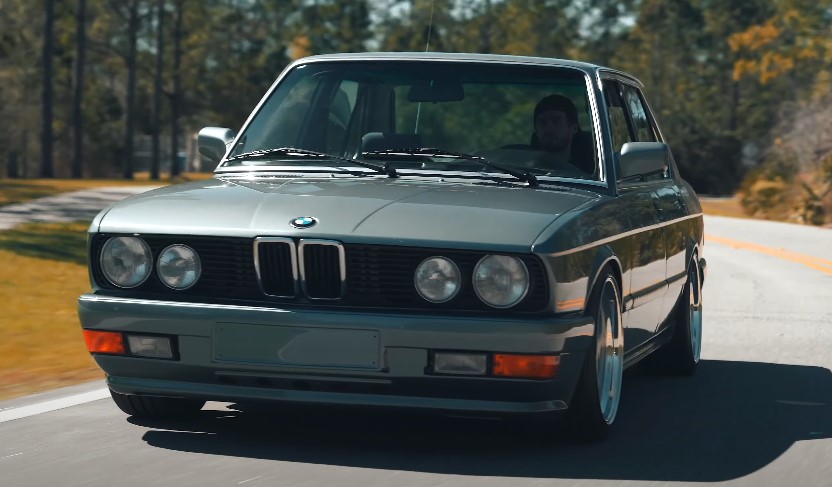
You can park an E12 and an E28 next to each other, and casual observers might struggle to tell them apart. But once you know what to look for, the differences jump out.
| Feature | E12 | E28 |
| Headlights | Round (all versions) | Round or square (market-dependent) |
| Grille | Narrower kidney grilles | Wider, more aggressive grilles |
| Bumper Design | Chrome-heavy, protruding | Integrated, often black rubber trim |
| Body Lines | Softer, more rounded | Sharper creases, more angular |
| Interior Styling | Minimal, driver-focused | More ergonomic, with digital touches |
The E28 feels tighter, more deliberate—like it was designed in a wind tunnel, not just on a drafting table.
Chassis and Handling: Old School vs. Evolution
Here’s where the E28 starts to pull ahead.
The E12 was great for its time. Light steering, decent feedback, and rear-wheel drive made for a fun experience, especially in the hands of a driver who didn’t mind a little tail-happiness. But it lacked the modern refinements we take for granted now—no ABS, no real electronic assists, and some early models even skipped rear anti-roll bars.
The E28, though? Huge leap. Not only did it introduce ABS as standard in many markets, but the chassis was stiffer, suspension geometry more refined, and weight distribution a bit more balanced. The result was a car that still felt raw and mechanical, but noticeably more planted at higher speeds or through tight bends.
If you’re someone who likes back-road blasts, the E28 rewards more precise inputs. It just feels more sorted—less like a vintage car, more like a proper “driver’s sedan.”
Powertrains: M Engines, Inline-Sixes, and Personality
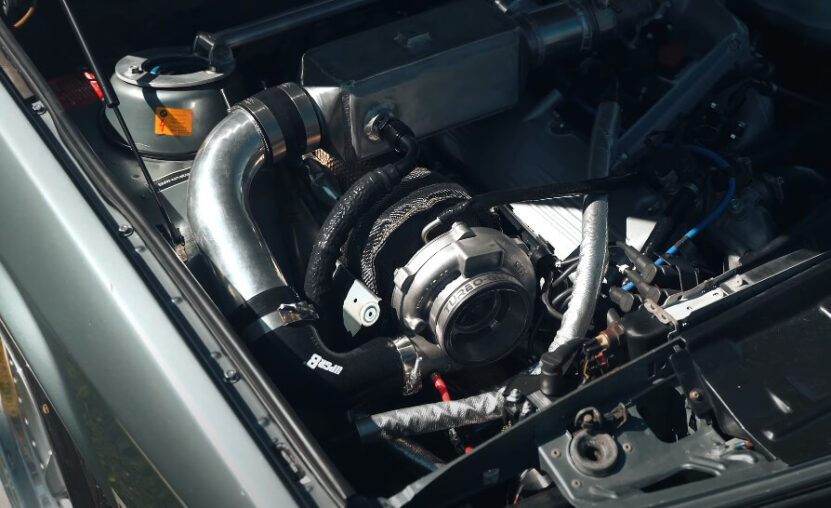
Both generations were powered by BMW’s trusty inline engines—most of them six-cylinders, with a few four-pots in base models. But the way those engines were delivered evolved.
E12 Engines
- 518 (carbureted four-cylinder, not particularly peppy)
- 520i (early fuel injection, a little smoother)
- 525/528 (M30 inline-sixes—strong midrange, solid torque)
- M535i (think of it as a warm-up act for the M5: 3.5L M30, 218 hp in Euro spec)
E28 Engines
- 518i, 520i, 525e, 528i, 533i, 535i (lots of M20 and M30 variants, plus eta engines in the US)
- M5 (Euro spec had the M88 engine from the M1; US got the S38—still glorious)
The real headline-grabber is the E28 M5. The first true M-badged 5 Series. It was hand-built, had individual throttle bodies, and was the fastest production sedan in the world at launch. It changed the game.
But even outside the M5, the E28’s engines were generally smoother, more efficient, and had better fuel management thanks to Motronic systems. You can daily E28 with less fuss than an E12, even if the E12 arguably has more character in its rawness.
Driving Experience: Which Feels Better Behind the Wheel?

This is where it gets subjective.
The E12 feels vintage in a way that’s both charming and slightly chaotic. You get more road noise, less insulation, and a mechanical feel to everything—the shifter, the brakes, the throttle response. It’s pure in a way that’s getting harder to find, but you’ve got to want that kind of involvement.
The E28, on the other hand, still feels analog, but without the twitchiness. The ergonomics are better. The cabin is quieter. The steering is a little heavier but more precise. It’s a car you could drive every day and not feel punished for it.
If you’re looking for a classic that doesn’t constantly remind you how old it is, the E28’s the move. But if you love the idea of time-traveling to a pre-digital age, the E12 scratches that itch like few others.
Reliability, Maintenance, and Parts Availability
No sugarcoating here—these are old cars. You’re going to be wrenching or paying someone who can.
The E12, being the earlier car, comes with quirks. Electrical gremlins, brittle plastics, and more carbureted versions mean more time tuning and less time just cruising. Parts availability is okay, especially in Europe, but some trim pieces and early electronics can be a pain to track down.
The E28 benefits from BMW’s growing global network at the time and had better factory support. More of them were sold, especially in North America, which helps with both the knowledge base and aftermarket parts. Plus, forums like MyE28.com are goldmines for DIYers.
Big tip: If you’re shopping for either, prioritize a solid body over everything else. Rust is the real killer here—floorpans, rocker panels, trunk wells. A good engine can be rebuilt. A rotted chassis? Nightmare fuel.
Market Value and Collectibility
Prices for both have climbed in recent years, but they’re still relatively attainable compared to air-cooled Porsches or E30 M3s.
| Model | Average Condition Price (USD) | Investment Outlook |
| E12 528i | $12,000–$20,000 | Steady interest |
| E12 M535i | $25,000–$45,000+ | Rare, climbing |
| E28 528e / 535i | $8,000–$18,000 | Popular among enthusiasts |
| E28 M5 (US) | $40,000–$80,000+ | Appreciating fast |
| E28 M5 (Euro) | $60,000–$100,000+ | Unicorn status |
If you’re looking to buy, condition and originality matter a lot more than mileage. Rust is the biggest deal-breaker, followed by missing trim or poorly done swaps. Whether you’re shopping locally or browsing international listings, it’s worth keeping tabs on a trusted dealer in European and American classic cars. Some of the cleanest examples—especially rare-spec M535is and early M5s—tend to show up at established sellers who deal regularly in 1970s and ’80s BMWs, and have the experience to properly vet what’s coming through the door.
So Which One Should You Get?
@pablo5285 Two extremely rare examples of the BMW E12 M535i and the E28 M5. Both immaculate, both original.👌🏻 #bavarianmotorworks #bmwlove #bmwe12 #bmwe28 #m5 #E12M535i #E28M5 #montecarloauto #passionforrarecars #vintagecars ♬ original sound – Pablo Bavaria
Depends on what you’re after.
- Want a raw, elemental driving experience that feels like you’re connected directly to the car? E12.
- Prefer something you can comfortably road trip in, wrench on without tearing your hair out, and maybe even daily? E28.
- Looking to collect and watch the value tick upward while enjoying weekend drives? M5 or M535i from either generation.
Bottom line
There’s no “wrong” choice here—only what suits your style. The E12 is the punk rock older brother. The E28 is the college-educated younger sibling who still knows how to party.
Either way, you’re buying into the soul of what made BMW special before the digital age.
It’s easy to get lost comparing horsepower numbers and suspension geometry, but there’s more to cars like the E12 and E28 than specs. They represent two distinct phases of BMW’s DNA. One born from ambition, the other from refinement.
If you ever get the chance to drive both, take it. And if you’re lucky enough to own one—or plan to—just know you’re not buying a car. You’re buying a piece of history that still wants to be driven, not tucked away under a cover.
Go for a drive. Let the inline-six sing. And keep that shark nose pointed at the horizon.
Related Posts:
- 5 Series, BMW, Cars, Comparison, E12, E28, Performance



